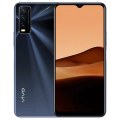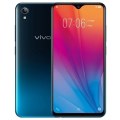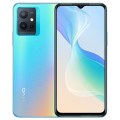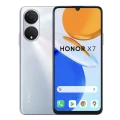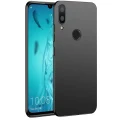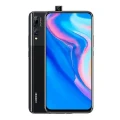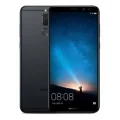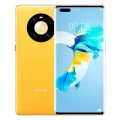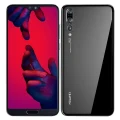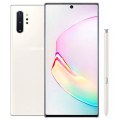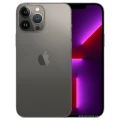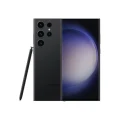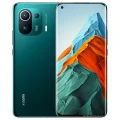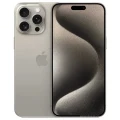Vivo Y90
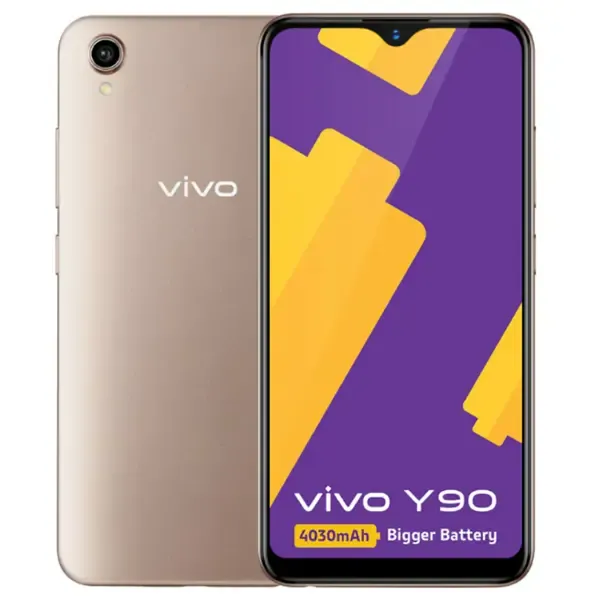


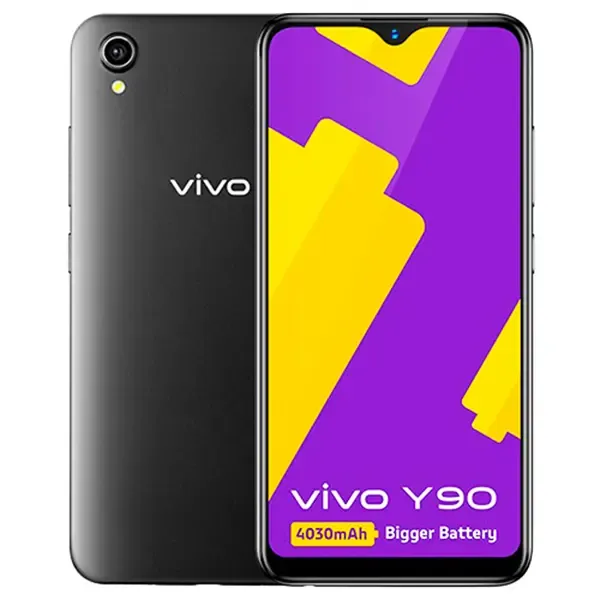
Vivo Y90 Price in Bangladesh
The Vivo Y90 features a 6.22-inch HD+ IPS LCD display with a resolution of 720 x 1520 pixels and an 82.9% screen-to-body ratio. It is powered by the MediaTek Helio A22 (12nm) chipset, featuring an Octa-core 2.0 GHz Cortex-A53 processor, paired with 2GB of RAM and 32GB of internal storage, expandable up to 256GB.
The handset includes an 8 MP rear camera and a 5 MP front camera for selfies. It is fueled by a 4030mAh Li-ion battery for extended usage.
Price in Bangladesh
The Vivo Y90 is priced at approximately BDT 9,990.
Specifications
General
| Model | Vivo Y90 |
| Status | Available |
| Official price | 2GB 32GB ৳8990 |
| Unofficial price | 2GB 32GB ৳9000 |
Design
| Dimensions | 155.1 x 75.1 x 8.3 mm (6.11 x 2.96 x 0.33 in) |
| Weight | 163.5 g (5.78 oz) |
| Colors |
Black, Gold |
Network
| Technology | GSM / HSPA / LTE |
| 2G Network |
GSM 850 / 900 / 1800 / 1900 - SIM 1 & SIM 2 |
| 3G Network |
HSDPA 850 / 900 / 2100 |
| 4G Network |
LTE band 1(2100), 3(1800), 5(850), 8(900), 38(2600), 40(2300), 41(2500) |
| GPRS <strong>GPRS</strong> (General Packet Radio Service) is a packet oriented mobile data service on the 2G and 3G cellular communication system's global system for mobile communications (GSM), Generally, GPRS is used for the purpose of wireless data transfer, such as sharing pictures and videos or browsing the Internet via a mobile phone connection. | |
| EDGE <strong>EDGE</strong> (Enhanced Data GSM Environment) is a wireless network technology generally considered the next step in the 2G network offers data transfer rates up to four times faster than ordinary GSM networks, Generally, EDGE is used for the purpose of wireless data transfer, such as sharing pictures and videos or browsing the Internet via a mobile phone connection. | |
| Speed | HSPA 42.2/5.76 Mbps, LTE Cat4 150/50 Mbps |
Display
| Display Type <strong>Display Technology => </strong> A number of display technologies and types used in mobile phones => TFT (Thin Film Transistor), IPS (In-Place Switching), OLED (Organic Light Emitting Diode), AMOLED (Active-Matrix Organic Light-Emitting Diode), Super AMOLED (an even advanced version of AMOLED), Resistive Touchscreen (Resistive touchscreens contain two layer of conductive material with a very small gap between them which acts as a resistance), Capacitive Touchsceen (Capacitive touchscreen technology consists of a layer of glass coated with a transparent conductor) | IPS LCD capacitive touchscreen, 16M colors |
| Size | 6.22 inches, 96.6 cm2 (~82.9% screen-to-body ratio) |
| Resolution | 720 x 1520 pixels, 19:9 ratio (~270 ppi density) |
Camera
Main camera
| Camera Setup | Single |
| Primary <strong>Camera</strong> is able to capture photographs and usually videos, The most important characteristics of a camera are the resolution (measured in megapixels), lens focus type (fixed or automatic), higher megapixel cameras are known to capture higher quality photos, but not always a good measurement of the photos quality. |
8 MP, f/2.0, AF |
| Features |
LED flash, panorama |
| Video | 1080p@30fps |
Selfie camera
| Camera Setup | Single |
| Primary <strong>Camera</strong> is able to capture photographs and usually videos, The most important characteristics of a camera are the resolution (measured in megapixels), lens focus type (fixed or automatic), higher megapixel cameras are known to capture higher quality photos, but not always a good measurement of the photos quality. |
5 MP, f/1.8 |
| Video | 720p |
Hardware
| Chipset <strong>Chipset</strong> is a group of integrated circuits designed to perform one or a more dedicated functions, often with real time computing constraints, Popular smartphones are equipped with more advanced embedded chipsets that can do many different tasks depending on their programming. | Mediatek MT6761 Helio A22 (12 nm) |
| CPU <strong>CPU</strong> (Central Processing Unit) mostly known as processors, CPU processes instructions in order to carry out certain functions that make your device operate properly. Processors are often described as the brain of computers, smartphones and tablets, Smartphones and tablets rely on processors to carry out their every task, Processors are an incredibly important factor in selecting any type of computing device, including your smartphone. | Quad-core 2.0 GHz Cortex-A53 |
| GPU <strong>GPU</strong> (Graphics Processing Unit) is a single-chip processor designed to rapidly manipulate and alter memory to accelerate the creation of images in a frame buffer intended for output to a display, This includes things such as lighting effects, object transformations, and 3D motion. | PowerVR GE8320 |
| RAM (Memory) <strong>RAM</strong> (Random Access Memory) is a type of computer memory that can be accessed randomly, any byte of memory can be accessed without touching the preceding bytes that allows information to be stored and accessed quickly from random locations. RAM is the most common type of memory found in computer systems, smartphones, tablets and other electronic devices. | 2 GB |
| Internal Storage <strong>Internal Storage</strong> is a data storage space (flash memory) mostly used in smartphones, tablets and other electronic devices where operating system, apps, music, photos, videos, files and other user data Is stored. | 32 GB |
| Sensors <strong>Sensors</strong> are electronic components that detects and responds to some type of input from the physical environment. The specific input could be light, heat, motion, moisture, pressure and location, The output is generally a signal that is converted to use in computing systems, a location sensor, such as a GPS receiver is able to detect current location of your electronic device. |
Accelerometer, proximity, compass |
Connectivity
| Bluetooth <strong>Bluetooth</strong> is a wireless communications technology for exchanging data between mobile phones, headsets, computers and other network devices over short distances without wires, Bluetooth technology was primarily designed to support simple wireless networking of personal consumer devices. | 5.0, A2DP, LE |
| Infrared <strong>Infrared</strong> connectivity is an old wireless technology used to connect two electronic devices. It uses a beam of infrared light to transmit information and so requires direct line of sight and operates only at close range. | |
| USB | microUSB 2.0, USB On-The-Go |
| GPS <strong>GPS</strong> The Global Positioning System is a satellite-based radio navigation system, GPS permits users to determine their position, velocity and the time 24 hours a day, in all weather, anywhere in the world, In order to locate your position, your device or GPS receiver must have a clear view of the sky. | Yes, with A-GPS, GLONASS, GALILEO |
| NFC <strong>NFC</strong> (Near field communication) is a set of standards for smartphones and similar devices to establish peer-to-peer radio communications with each other by touching them together or bringing them into proximity, usually no more than a few inches. |
Battery
| Battery Type <strong>Battery Type => </strong> Cell phones run on various kinds of batteries depending on the manufacturer, phone size or shape and features. There are basically four types of cell phone batteries => Lithium Polymer, Lithium Ion, Nickel Metal Hydride and Nickel Cadmium. | Non-Removable Li-Po |
| Capacity <strong>Battery Capacity</strong> is a measure (typically in Amp-hr) of the charge stored by the battery, and is determined by the mass of active material contained in the battery. The battery capacity represents the maximum amount of energy that can be extracted from the battery under certain conditions. | 4030 mAh |
Vivo Y90 Review: A Budget Smartphone That Stands Out
Introduction
Smartphone launches are crowded, with new devices flooding the market almost daily. Among these, the Vivo Y90 has carved a niche for itself by promising a solid smartphone experience while staying easy on the wallet. If you’re a budget shopper or simply in search of a dependable secondary phone, this entry-level device deserves your attention.
In this review, we’ll explore how the Vivo Y90 performs in design, usability, performance, camera quality, and overall value. By the end, you’ll know if this smartphone lives up to its promise of affordability without compromising too much on features that matter.
Design and Build Quality
The Vivo Y90 shatters the misconception that budget smartphones have to look cheap. Vivo has done an excellent job designing an aesthetically pleasing device with a minimalistic yet modern appeal.
- Build and Feel: The smartphone boasts a slim and lightweight body (~163g) made from durable polycarbonate, which provides a good grip. It may not have the glass-and-metal premium look, but it compensates by being sturdy and smudge-resistant.
- Display: The Y90 flaunts a 6.22-inch IPS LCD display with a resolution of 720 x 1520 pixels. While the 270 ppi pixel density isn’t groundbreaking, the display is vibrant enough for casual use like scrolling through social media and watching videos. The smaller bezels and ~82.9% screen-to-body ratio further add to immersive visuals.
Verdict
Its design and build quality make it an ideal choice for buyers looking for a basic yet attractive smartphone. However, the absence of Gorilla Glass protection might require you to invest in a screen guard.
Performance and Battery Life
At the heart of the Vivo Y90 is the MediaTek MT6761 Helio A22 processor (12nm CPU) paired with 2GB of RAM. While its specifications indicate entry-level performance, its real-world efficiency is commendable for everyday tasks.
Performance Highlights
- Smooth for basic operations like texting, web browsing, and app usage.
- Supports casual games like Candy Crush or Subway Surfers flawlessly. However, it falters in running hardware-intensive applications or games like PUBG.
- Ideal for users who juggle basic productivity tasks rather than heavy multi-tasking.
Battery Power
The 4030mAh battery is the ace up the Vivo Y90’s sleeve. With this capacity, you can expect a full day’s worth of usage, especially if your usage revolves around calls, light apps, and casual media consumption.
Verdict
The Vivo Y90 delivers acceptable performance for basic operations but isn’t meant for power users. Its battery life is a major selling point, providing superb longevity for its price point.
Camera Quality
Cameras are often where budget smartphones skimp, but the Vivo Y90 strikes a reasonable balance here.
Rear Camera
The 8MP primary camera performs well under daylight, capturing decent colors and sufficient detail, particularly for its price. Portrait mode is available, but the bokeh effect is limited. Low-light photography reveals the phone’s limitations, with noise and softened details more apparent.
Front Camera
The 5MP front shooter is serviceable for selfies and video calls but struggles in dim conditions. The included beauty mode adds enhancements, which casual users might find appealing.
Verdict
If you’re someone who needs a phone mostly for casual photography in well-lit environments, the Y90 will meet your needs. But don’t expect stellar results, especially in low-light or challenging conditions.
User Experience
The Vivo Y90 runs on Vivo’s FunTouch OS, a custom skin layered over Android 8.1 (Oreo Go Edition).
What We Liked
- Intuitive interface designed with new smartphone users in mind.
- Comes with Smart Split multitasking and gestures to optimize navigation.
Room for Improvement
- The FunTouch OS comes pre-loaded with some unnecessary apps, which eats into the phone’s limited storage.
- Lack of Android updates limits its software longevity.
Verdict
While the interface is user-friendly, advanced users might find it restricted due to the lack of customization and software updates.
Value for Money
The Vivo Y90 keeps the promise of being easy on your wallet. With a price tag in the $100 – $120 range, its combination of solid battery life, user-friendly features, and decent design makes it a strong contender in the budget smartphone market.
Comparing the Competition
- Vs. Realme C2:
The Realme C2 offers a dual rear camera and a slightly more updated OS, but the Vivo Y90 wins on battery size and design.
- Vs. Redmi 7A:
While the Redmi 7A beats the Vivo Y90 in camera capabilities, Vivo still offers comparable performance at a lower price.
Who Should Buy It?
The Vivo Y90 makes the perfect choice if you need an affordable, simple smartphone for everyday use or as a reliable secondary phone. Power users, on the other hand, may find it lacking in performance and software updates.
Should You Go for Vivo Y90?
The Vivo Y90 is proof that entry-level smartphones no longer have to sacrifice design and reliability. Its excellent battery life, decent display, and intuitive features make it a solid recommendation for casual users and budget-conscious shoppers.
While it does have room for improvement—particularly in its camera and performance—it’s a phone that gets the basics right at an unbeatable price.
What do you think about Vivo Y90? If you’ve used one or have questions, feel free to drop a comment below. Let’s chat about whether this budget beauty is the phone for you!
